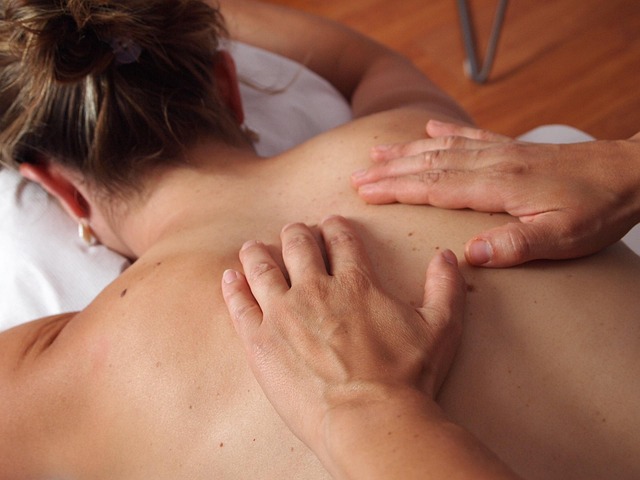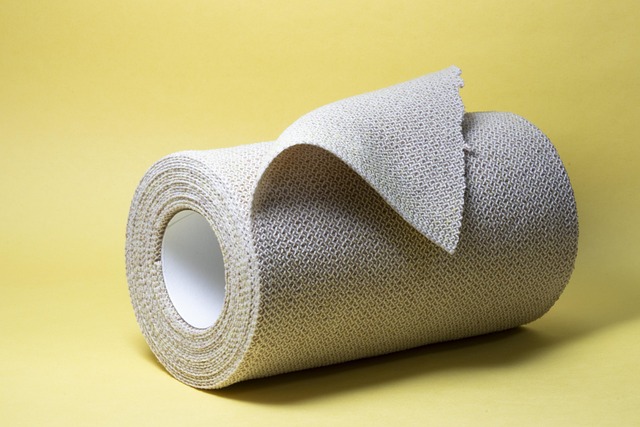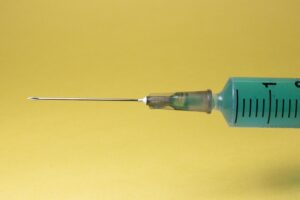Unleash Radiant Skin with Non-Invasive Treatments

Non-invasive treatments revolutionize skincare with effective solutions for fine lines, wrinkles, hy…….
In the ever-evolving landscape of dermatological practices, non-surgical skin treatments have emerged as a transformative force, redefining the boundaries of cosmetic enhancement. This article delves into the intricate world of non-invasive skin therapies, exploring their definition, global impact, and the multifaceted aspects that contribute to their growing significance. By examining historical context, economic trends, technological innovations, regulatory frameworks, and real-world applications, we aim to provide a comprehensive understanding of this dynamic field. Through case studies and insights into future prospects, readers will gain valuable knowledge about non-surgical skin treatments, empowering them to navigate the latest advancements in the beauty industry.
Non-surgical skin treatments encompass a diverse range of medical aesthetic procedures that aim to improve or alter one’s skin appearance without requiring incisions or extensive surgery. These treatments leverage advanced technologies, topical agents, and energy-based devices to stimulate collagen production, reduce wrinkles, enhance skin texture, and address various skin concerns. The core components of non-surgical skin treatments include:
Topical Agents: Creams, serums, and gels containing active ingredients such as retinoids, hydroquinones, and alpha hydroxy acids (AHAs) are applied topically to target specific skin issues like acne, hyperpigmentation, and fine lines.
Energy-Based Devices: These include laser systems, intense pulsed light (IPL), radiofrequency (RF) devices, and ultrasound machines. They utilize targeted energy delivery to stimulate collagen renewal, improve skin tone, and reshape facial features without surgery.
Dermal Fillers: Injectable fillers like hyaluronic acid, collagen, or synthetic materials are used to add volume to specific areas of the face, plumping up wrinkles and enhancing facial contours.
Microneedling: A procedure that involves pricking the skin with fine needles to induce collagen production and improve skin elasticity. It is often combined with topical treatments for enhanced results.
Historically, non-surgical skin treatments have evolved significantly over the past few decades. The concept gained traction in the 1980s when lasers began to be used for various dermatological purposes. However, it was the fusion of science and technology in the early 2000s that led to breakthroughs in energy-based devices and advanced topical formulations, making non-surgical treatments more effective and accessible. Today, this field continues to thrive, driven by a demand for natural-looking enhancements and minimally invasive procedures.
Non-surgical skin treatments have left an indelible mark on the global beauty industry, with diverse regional markets adopting these innovations at varying rates. Key trends shaping this sector include:
| Region | Market Dynamics | Influential Factors |
|---|---|---|
| North America | Leading market share with a strong focus on anti-aging treatments and aesthetic procedures. The US, in particular, is home to cutting-edge research and top dermatologists, driving innovation. | Advanced healthcare infrastructure, high disposable income, and a culture of cosmetic enhancement. |
| Europe | Diverse market with stringent regulatory standards. Each country has unique preferences, with the UK and Germany being major players. | Strict regulations, advanced medical aesthetics industry, and a focus on natural-looking results. |
| Asia Pacific | Rapidly growing market, particularly in China and South Korea, due to rising disposable income and a youthful appearance preference. | Increasing middle class, cultural emphasis on skincare, and rapid adoption of new technologies. |
| Latin America | Growing market with a significant demand for affordable yet effective treatments. Brazil stands out as a hub for medical tourism. | Rising economic mobility, growing interest in cosmetic procedures, and a trend towards natural beauty enhancements. |
These regional variations reflect not only cultural attitudes towards beauty but also the availability of resources, healthcare infrastructure, and regulatory frameworks. As technology advances and travel becomes more accessible, non-surgical treatments are transcending geographical boundaries, fostering a global exchange of knowledge and practices.
The economic landscape of non-surgical skin treatments is characterized by robust market dynamics, attracting significant investment from both industry players and venture capitalists. The global dermatological aesthetic market, encompassing non-surgical procedures, is projected to reach USD 24.7 billion by 2027, growing at a CAGR (Compound Annual Growth Rate) of 8.5% during the forecast period (2020-2027).
Market Segmentation:
Product/Service Segment: Topical products and formulations account for a significant share, while energy-based devices and dermal fillers contribute substantially to the overall market.
Geographic Segment: North America dominates, followed by Europe and Asia Pacific due to higher acceptance rates and a larger consumer base.
Investment Patterns: The industry witnesses substantial investment in research and development (R&D), with companies allocating resources to enhance existing treatments and discover novel therapies. Startups focused on innovative technologies and natural ingredients are also gaining traction, challenging established market leaders.
Technological innovations have been pivotal in shaping the effectiveness and accessibility of non-surgical skin treatments. Several breakthroughs have revolutionized the field, including:
Fractional Laser Technology: This technology uses lasers to create micro-lesions in the skin, stimulating collagen production and improving skin texture. It is particularly effective for acne scars, fine lines, and hyperpigmentation.
Neuromodulation Devices: Devices that deliver gentle electric impulses to the skin to modulate nerve signals, reducing muscle tension and relaxing facial expressions associated with aging.
Customized Treatment Platforms: Advanced systems now offer personalized treatment plans based on an individual’s skin analysis, ensuring optimal results tailored to specific needs.
Natural Ingredient Formulations: There is a growing trend towards using plant-based and natural ingredients in topical treatments, catering to consumers seeking more organic alternatives.
These advancements not only enhance the outcomes of non-surgical procedures but also address concerns related to safety, downtime, and patient comfort, making these treatments increasingly popular.
Given the sensitive nature of skin care and cosmetic procedures, regulatory frameworks play a crucial role in ensuring safety, efficacy, and quality. Different countries have varying requirements, but common standards include:
Product Registration: Companies must register their products with regulatory bodies, providing data on safety, quality, and efficacy.
Good Manufacturing Practices (GMP): Adherence to GMP guidelines is mandatory for product manufacturing to maintain consistent quality.
Clinical Trials: For novel devices or procedures, clinical studies are often required to demonstrate safety and effectiveness before market approval.
Labeling and Packaging: Clear and accurate labeling with ingredient lists, instructions, and potential side effects is essential to inform consumers.
Non-surgical skin treatments have come a long way since their inception, evolving from experimental procedures to highly effective and accessible options for beauty enhancement. With technological advancements, a growing global market, and stringent regulatory oversight, the future of this industry looks promising. As consumers continue to seek natural-looking results and convenient alternatives to surgery, non-surgical skin treatments are poised to remain a prominent trend in the beauty industry worldwide.

Non-invasive treatments revolutionize skincare with effective solutions for fine lines, wrinkles, hy…….

Non-invasive treatments using technologies like radiofrequency, ultrasound, and topical agents stimu…….

Non-invasive treatments like hydradermabrasion, chemical peels, microneedling, and advanced moisturi…….

Non-invasive skin rejuvenation therapies, including lasers, microneedling, and topical treatments, o…….

Non-invasive treatments, leveraging laser therapy, radiofrequency, microneedling, and chemical peels…….

Non-invasive treatments like microneedling, lasers, and injectables offer effective, safe alternativ…….

Non-invasive treatments are transforming skincare by offering natural, gentle solutions for radiant…….

Non-invasive skin renewal treatments like chemical peels, microdermabrasion, laser therapies, and RF…….

Non-invasive skin smoothing treatments are gaining popularity in dermatology, offering effective sol…….